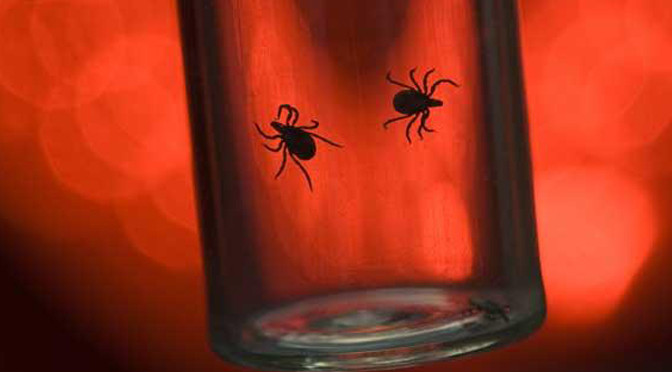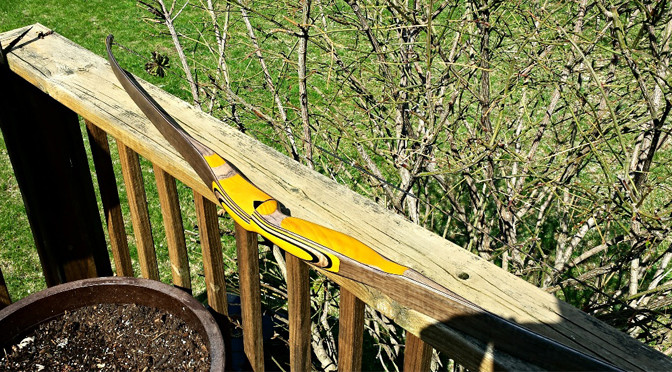With the start of many spring seasons in the field finally here like bear, turkey, trout and morels, there is one more unwanted season that has also started. TICK SEASON!
Yes I know all the hairs just stood up on the back of your neck when I mentioned it. Maybe you even started thinking you feel something crawling on your leg. Don’t worry, the intent of this blog will be to discuss where you or your pets may come into contact with them and if you do how to remove them properly. In North America these are the most common Ticks found: American Dog, Blacklegged, Brown Dog, Gulf Coast, Lone Star, Rocky Mountain Wood and Western Blacklegged tick.
Ticks carry and transmit diseases like Lyme disease, Rocky Mountain Spotted Fever and Anaplasmosis just to name a few common diseases. Ticks are commonly found in heavy wooded tall grass areas, the kind of areas most hunters like to set a good turkey blind up in or along that trail leading down to the trout stream. Ticks can remain dormant for years and are members of the arachnid family (spiders and mites). Their sizes range from the size of a poppy seed to a pea depending if they have feed recently or not. Ticks have the ability to gorge themselves and increase in body size by 50 times.
They often are undetected on the host due to their small size and painless bite until they have feed for some time and become engorged. Preventing ticks can be as easy as applying repellents high in Deet and developing good procedures when exiting natural areas. By simply shaking out your back pack and coat, to rolling down cuffs and brushing off your pant legs you can eliminate direct transfers.
A head to toe check on pets and children is also needed. Checking behind ears, back of the knees, under arms and neck lines. Check along clothing line areas such as pant cuffs and belt line, these areas provide easy access to the skin. If you’re worried about ticks remaining in your cloths, you can tumble dry them in your washing machine dryer on a high temp cycle, this has been proven to kill ticks.
If you are bitten by a tick, proper removal is key in reducing the risk of contracting diseases. The easiest method is to grasp the tick with tweezers, as close to the skin as you can and gently pull it straight out. Do not twist, this can break off mouth parts leaving them in the skin. Be careful not to squeeze the tick when removing it also. This can cause the tick to regurgitate its contents back into the host blood stream which could result in more bacteria being injected. Do not try to remove the tick with your fingers or attempt to remove with cigarette lighters or matches. Doing this is just plain old stupid and dangerous. Once the tick has been removed clean the bite area with soap and water or alcohol to disinfect the wound and promote healing. Quick removal of ticks is critical, you don’t want to wait for folk remedies like smearing Vaseline, nail polish and glue to dry and fall off.
Once removed save the tick in a Ziploc bag for identification. Mark the bag it with your name, address and phone number, date collected, host collected from and recent travel history. Accurate identification becomes very important if you or your animals develop disease symptoms. In most areas, ticks can be submitted for identification through local health department offices, physicians and veterinarians. Proof of tick bite and the kind of tick doing the biting is especially important to document in regional areas. Center for Disease Control can monitor and take course of action like public warnings in confirmed areas.
An alternate removal method is to apply a glob of liquid soap to a cotton ball. Cover the tick with the soap-soaked cotton ball and swab it for a few seconds, the tick will come out on its own and be stuck to the cotton ball when you lift it away.
Symptoms from infected tick bites can range from: fever, chills, aches, pains, headaches, fatigue and joint pain. Often a rash will occur, looking like a bull’s eye target with a red center and reddish ring around it. Tick borne diseases can result in mild symptoms to severe infections. Most infections can be treated with antibiotics, but can be difficult for physicians to diagnose. Early recognition and treatment of the infection decreases the risk of serious complications. So see your doctor immediately if you have been bitten by a tick and experience any of these symptoms. We all want to spend the next season on the water or in the field not laid up in bed reading about our buddy’s latest trip on Twitter or Facebook!
~
Thanks for reading! If you enjoyed this post please share it with the world!
Don’t forget you can read more articles from Jason Maure’s blog “The Canadian Outdoorsman” here and don’t forget to like us on Facebook.
If you’d like to get immediate email notifications when a new article, contest or show is posted; enter your email address in the sign up box on the left.
Discover more from The HuntFishTravel Show
Subscribe to get the latest posts sent to your email.


